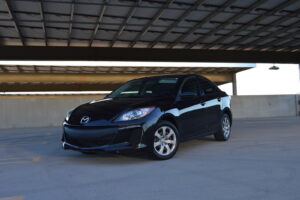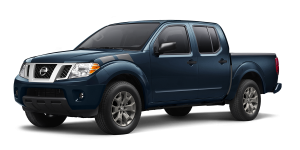
Ultraviolet-visible spectroscopy stays a fundamental order rehearsed in pretty much every insightful lab. Since Curry and Beckmann’s creation during the 1940s, Aglient UV-Vis & UV-Vis-NIR spectroscopy has changed the field of atomic spectroscopy. Numerous enhancements have been made in optical tasks throughout the long term, including double pillar optics, variable cut goal, commotion concealment, and coordinated gadgets.
The disentangled utility activity has been encouraged by utilizing committed programming applications and the acquaintance of simple with use Windows (TM) working frameworks (Microsoft, Redmond, WA). Maybe the most extreme change in instrument plan during the 1980s was presenting a diode cluster spectrophotometer by Hewlett-Packard, presently Agilent Technologies (Palo Alto, CA). Dissimilar to traditional mono scanners that utilization a solitary optical multiplexer tube, this new range comprises a progression of photodiodes that permit full-range information to be acquired, all the while in a flash. It was a moment accomplishment among clients.
Finder choices
The optical plan of CCD spectrophotometers contrasts altogether from normal filtering spectrophotometers. The bigger impression needed for a spectrophotometer sweep can be credited to the bigger number of optical surfaces needed to scatter and seclude the necessary frequency before transmission through a given an example. Additionally, many moving parts are needed to erase, choose the space, and isolate the bar. All things considered, CCD spectrophotometers send all frequencies through the example before secluding the frequency. A fixed depression position brings about a direct range ideal for straight CCD clusters and eliminates moving parts from the range outline. Diminishing moving parts improves dependability, decreasing machine upkeep expenses and support.
The range framework’s subsequent goal is determined by the width of the cut, the dissipating, and the accumulation of the pixels. Since the frequency disperse does exclude a yield space, game plan arranging channels are fundamental for direct CCD lattice UV-VIS spectrophotometers. Improved long haul goal and frequency exactness in CCD framework frameworks are accomplished by exact temperature control of the spectrophotometer. Less optical segments bring about a lower temperature settled spectrophotometer to diminish the extension and compression of optical parts because of encompassing temperatures. Regular examining instruments frequently have a moderately enormous optical impression and are not reasonable for affordable temperature control of optical segments.
Ongoing securing and motor investigation are only two applications in which a CCD spectrophotometer is overwhelmingly better than filtering frameworks. Synchronous obtaining of full-range information offers huge points of interest over monochrome frameworks, restricting information procurement. Run-of-the-mill CCD spectrophotometers have incorporated programming equipped for showing spectra as a component of time. Thus, clients can decide to show the whole area of the frequency as expected or select separate frequencies for time examines. These highlights are of extraordinary incentive for chromatographic and fragmentary assortment applications. Securing the full range permits the affirmation of the first mixes and the distinguishing proof of defiled antiquities continuously. This information would then be introduced as a three-dimensional graph, giving an integral asset to screening medications, metabolites, and different applications. Energy and dissolvability testing are likewise attributes of huge scope planned to secure.








